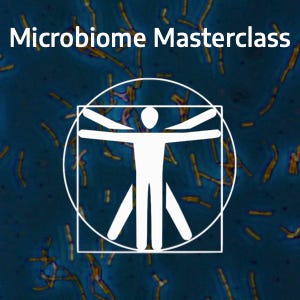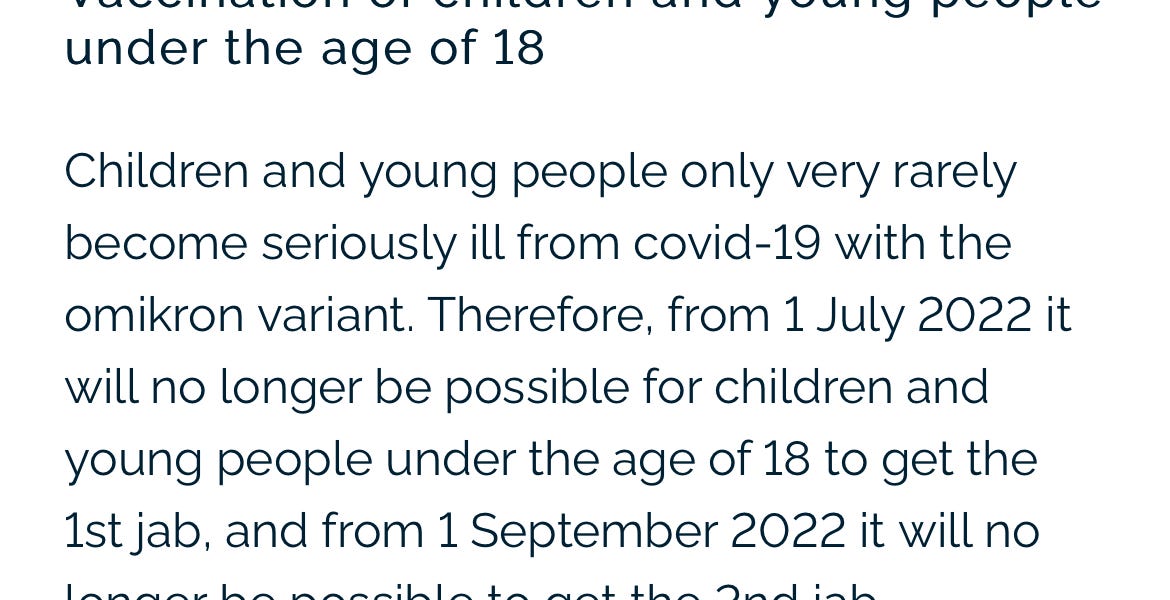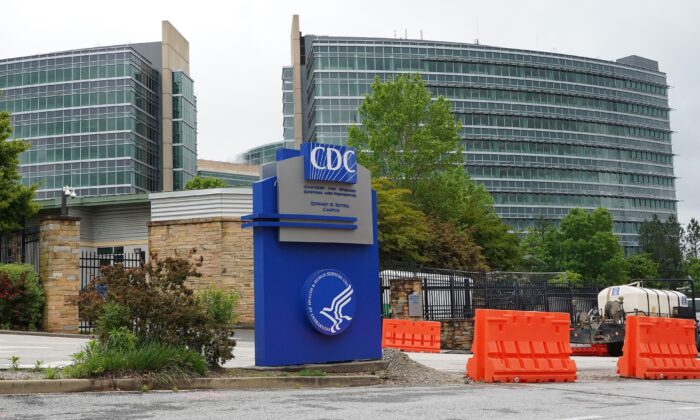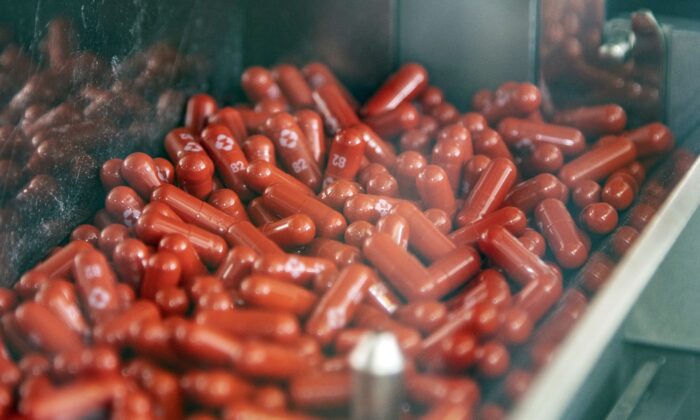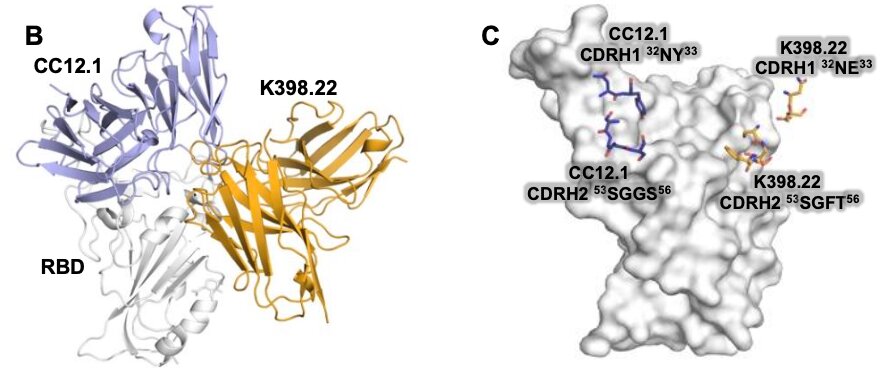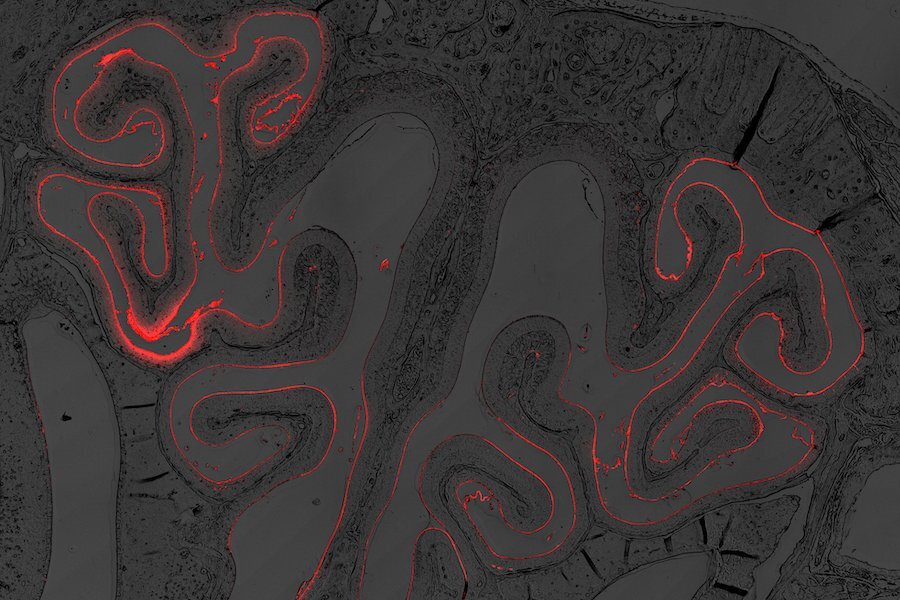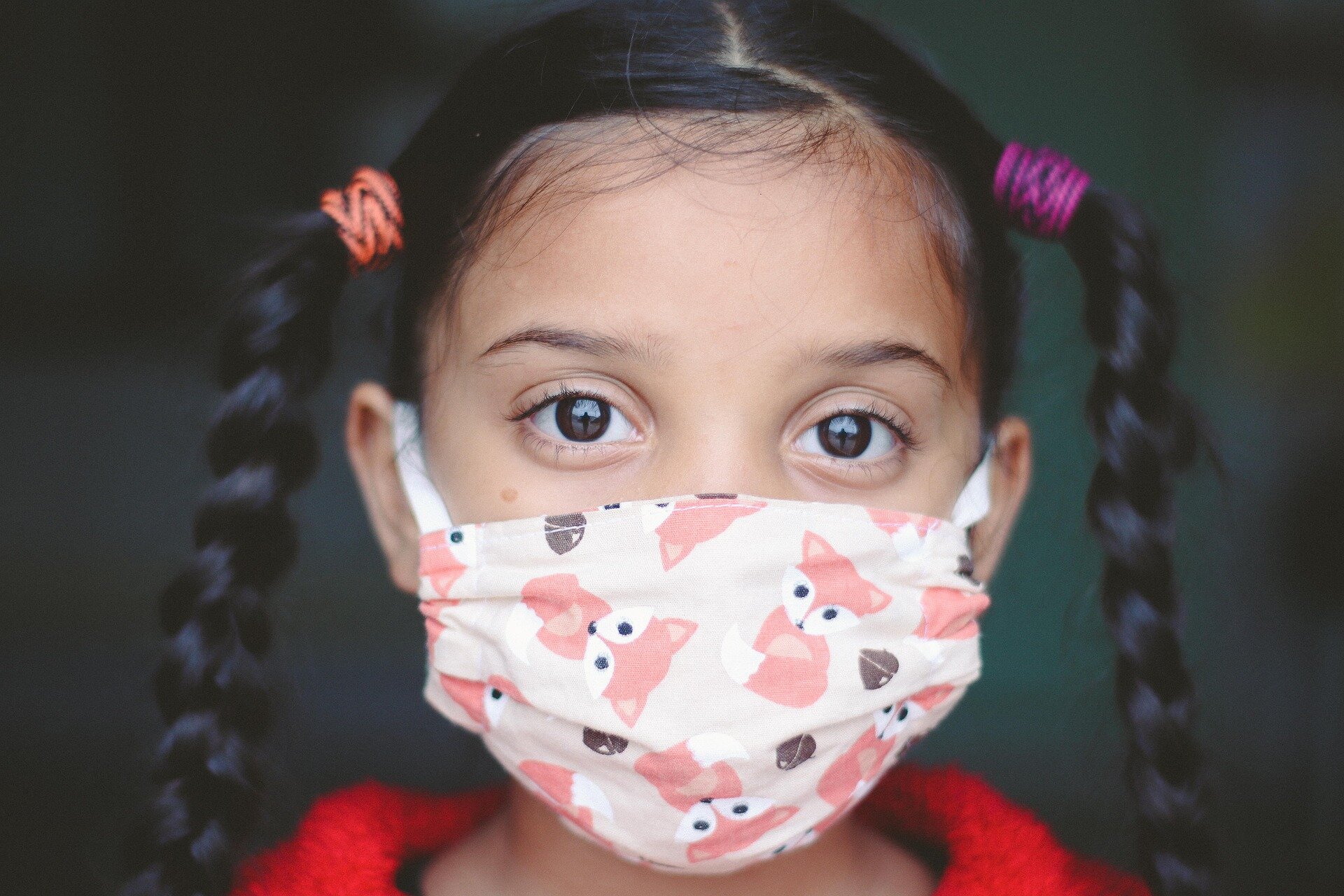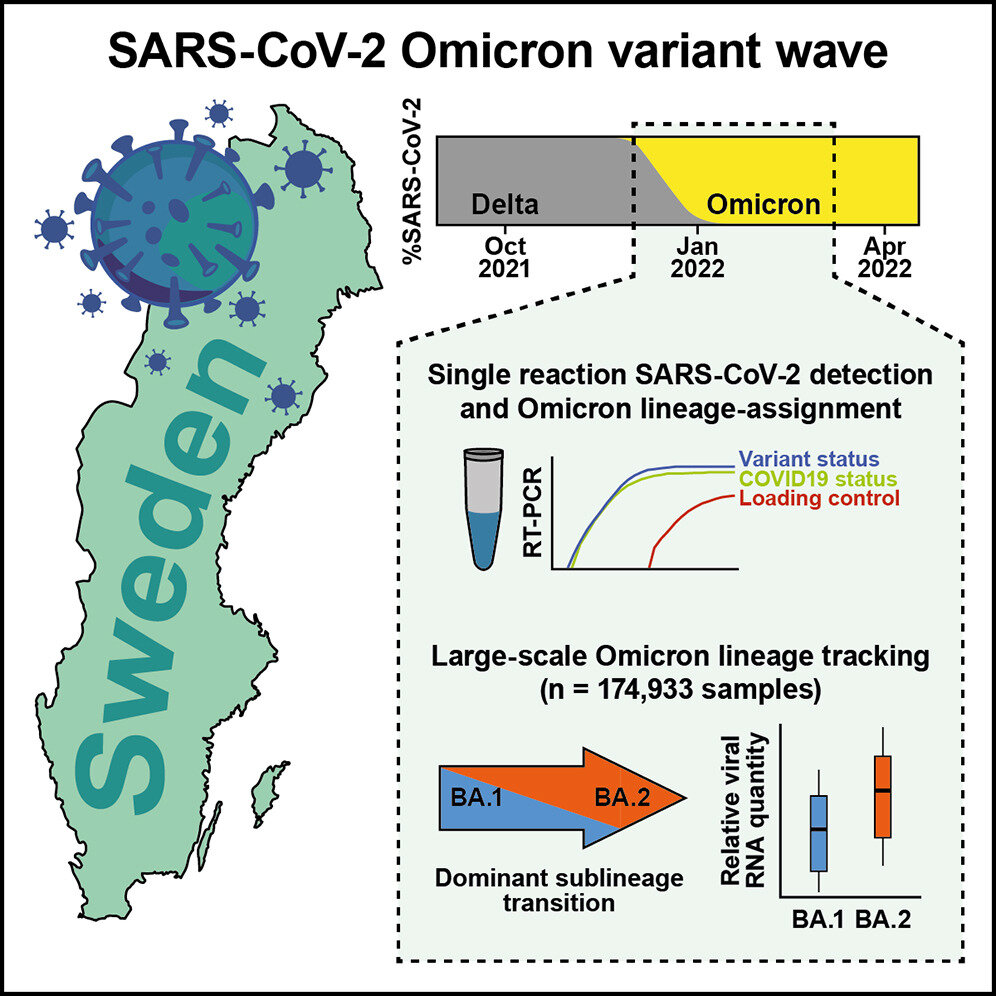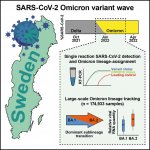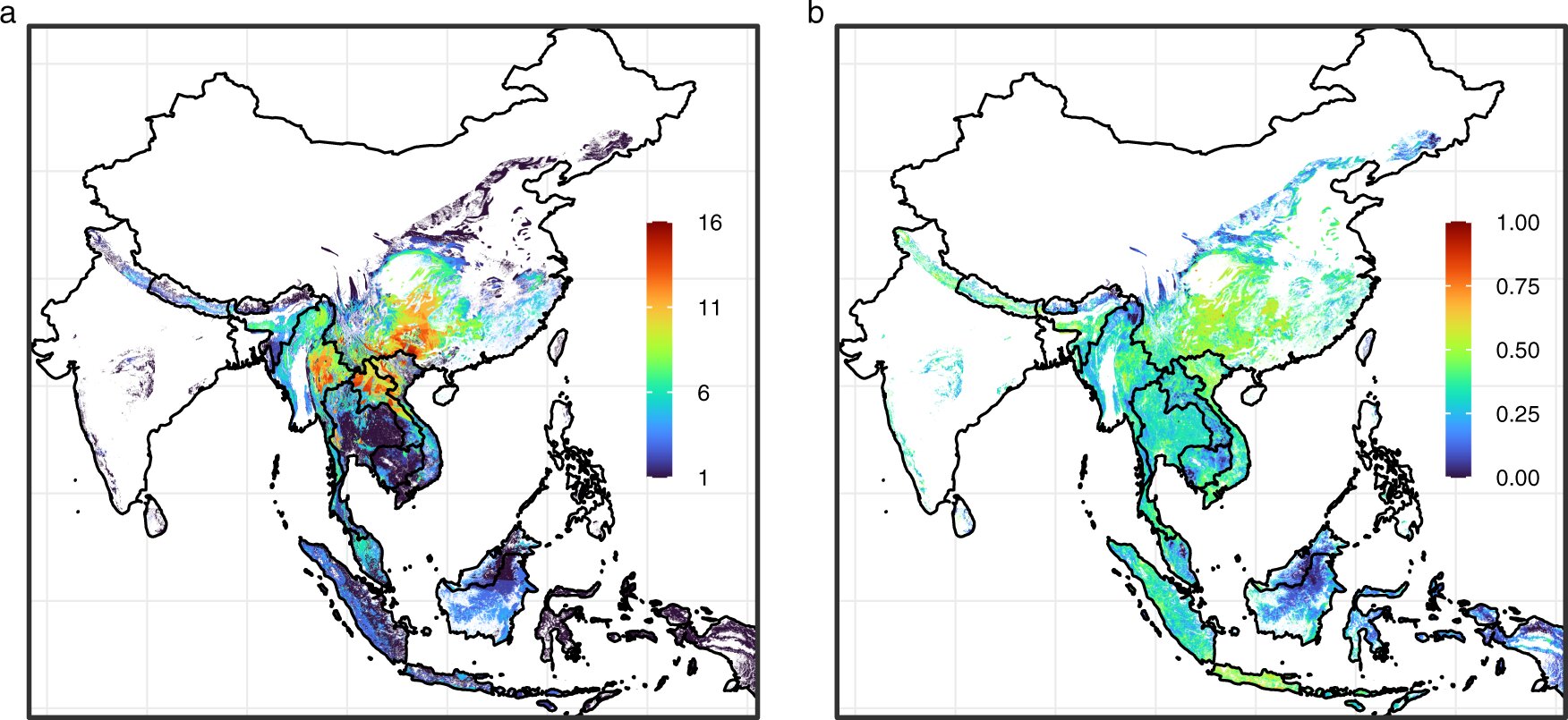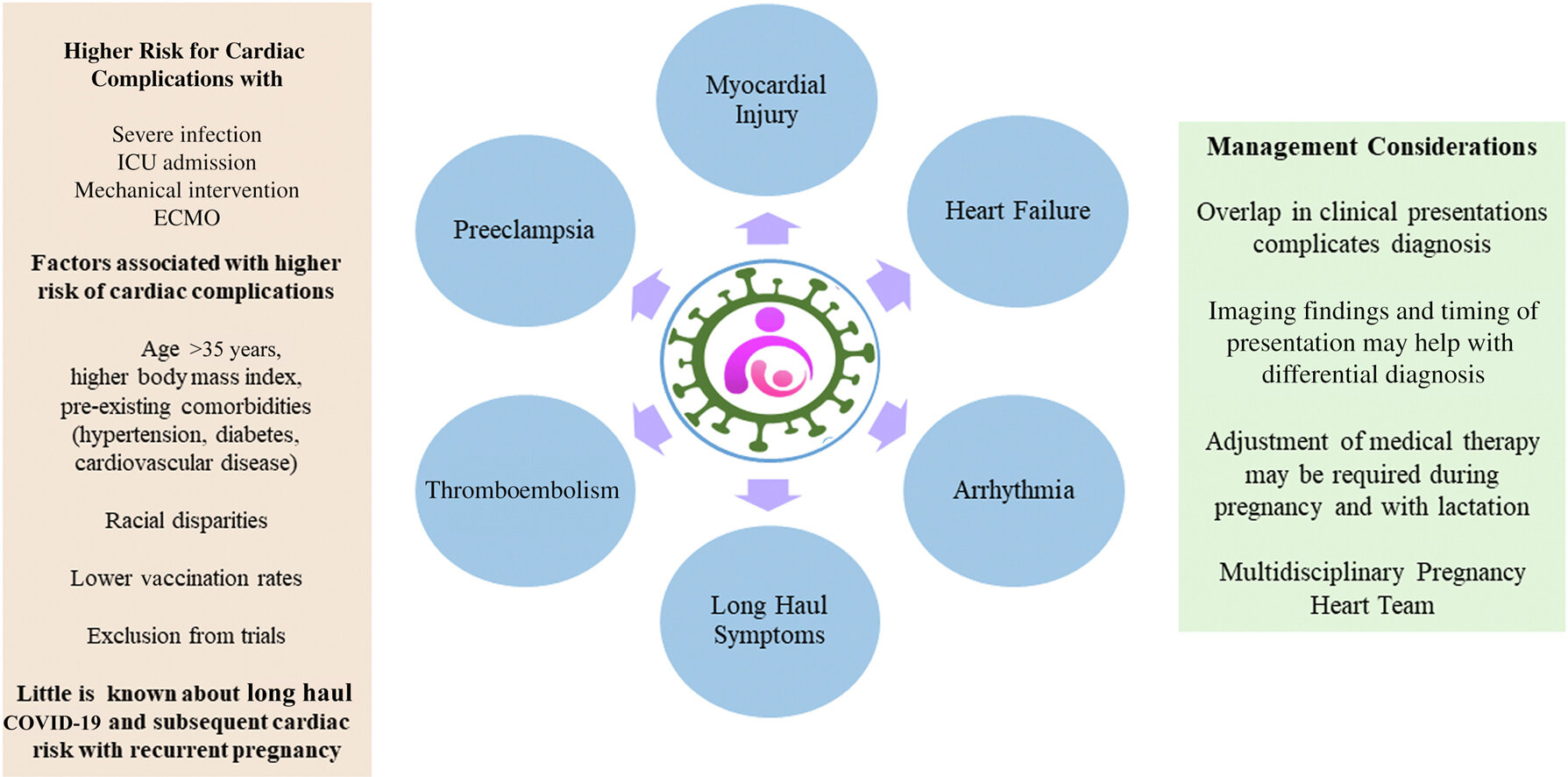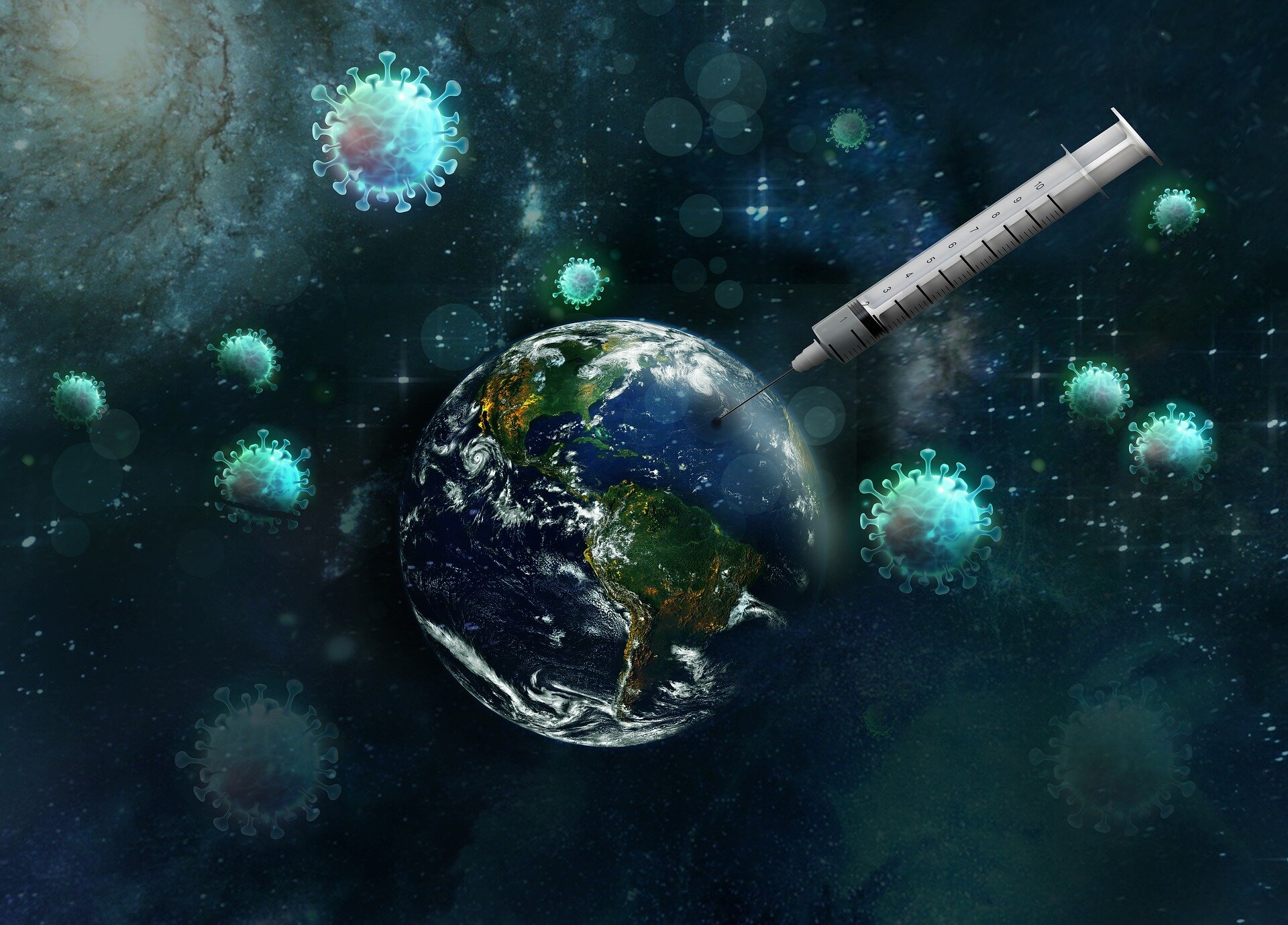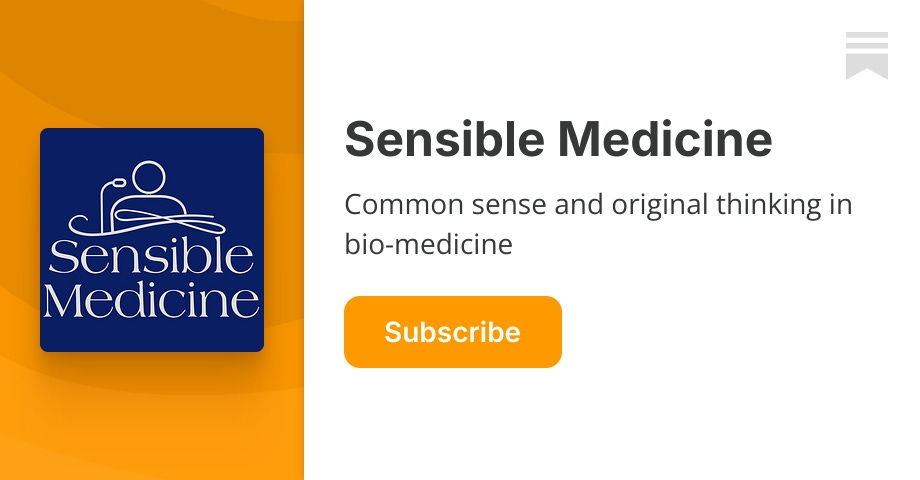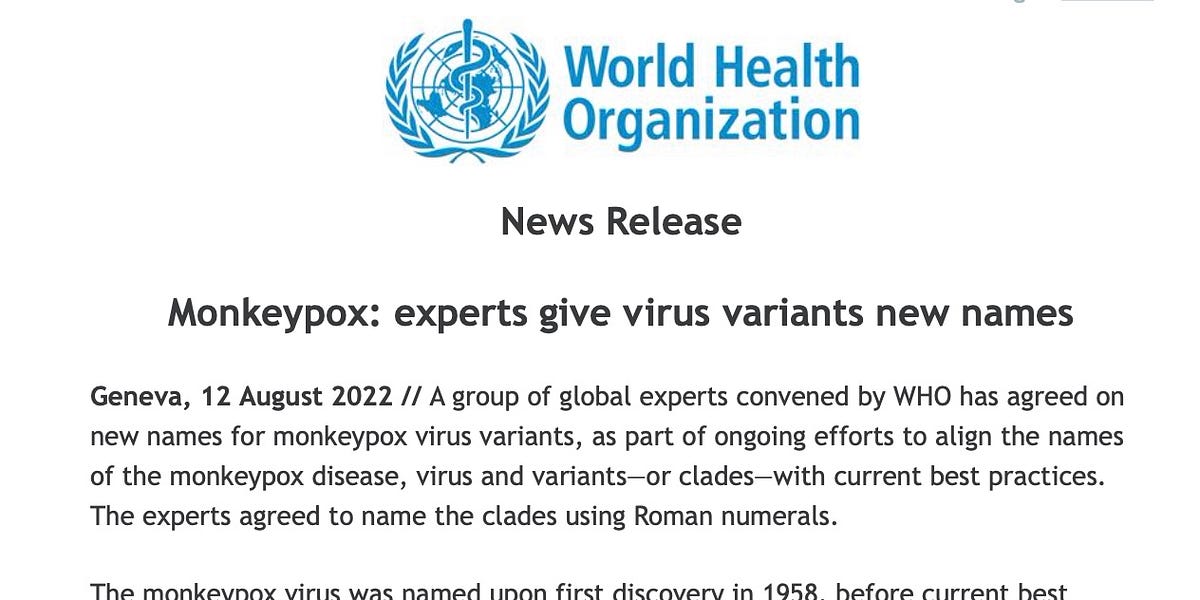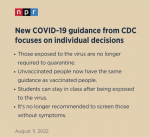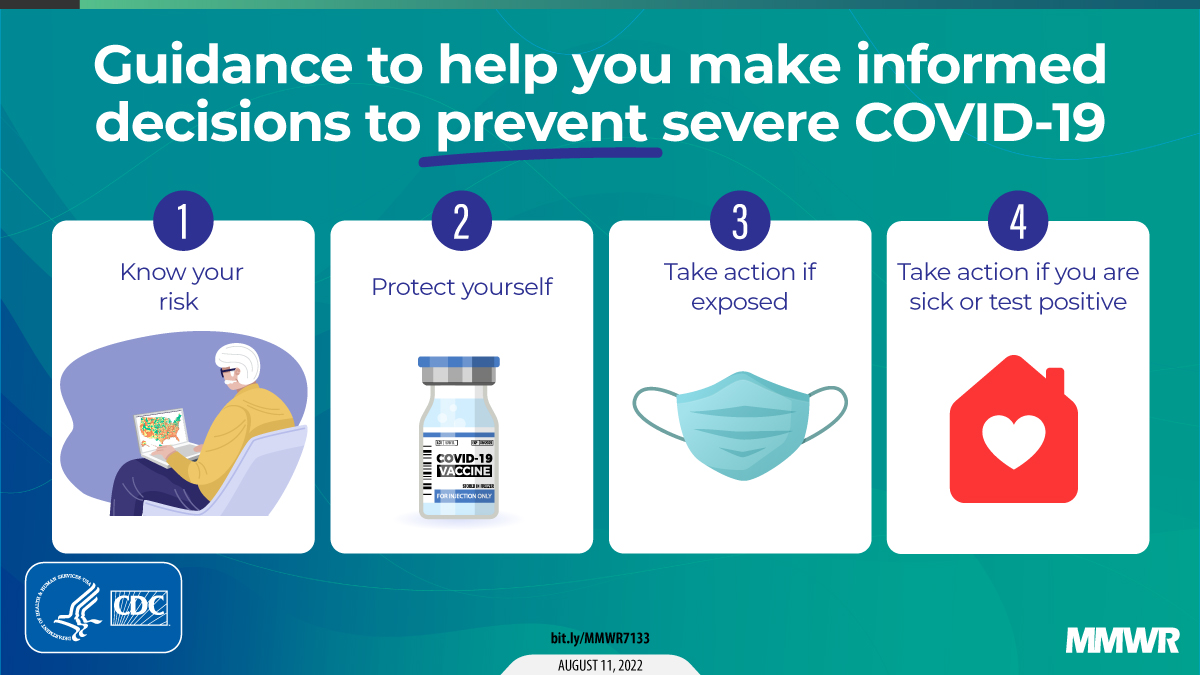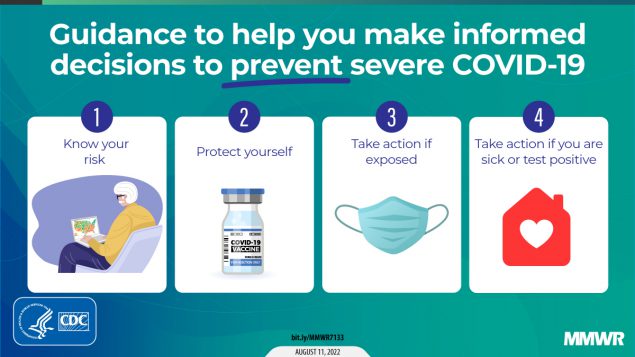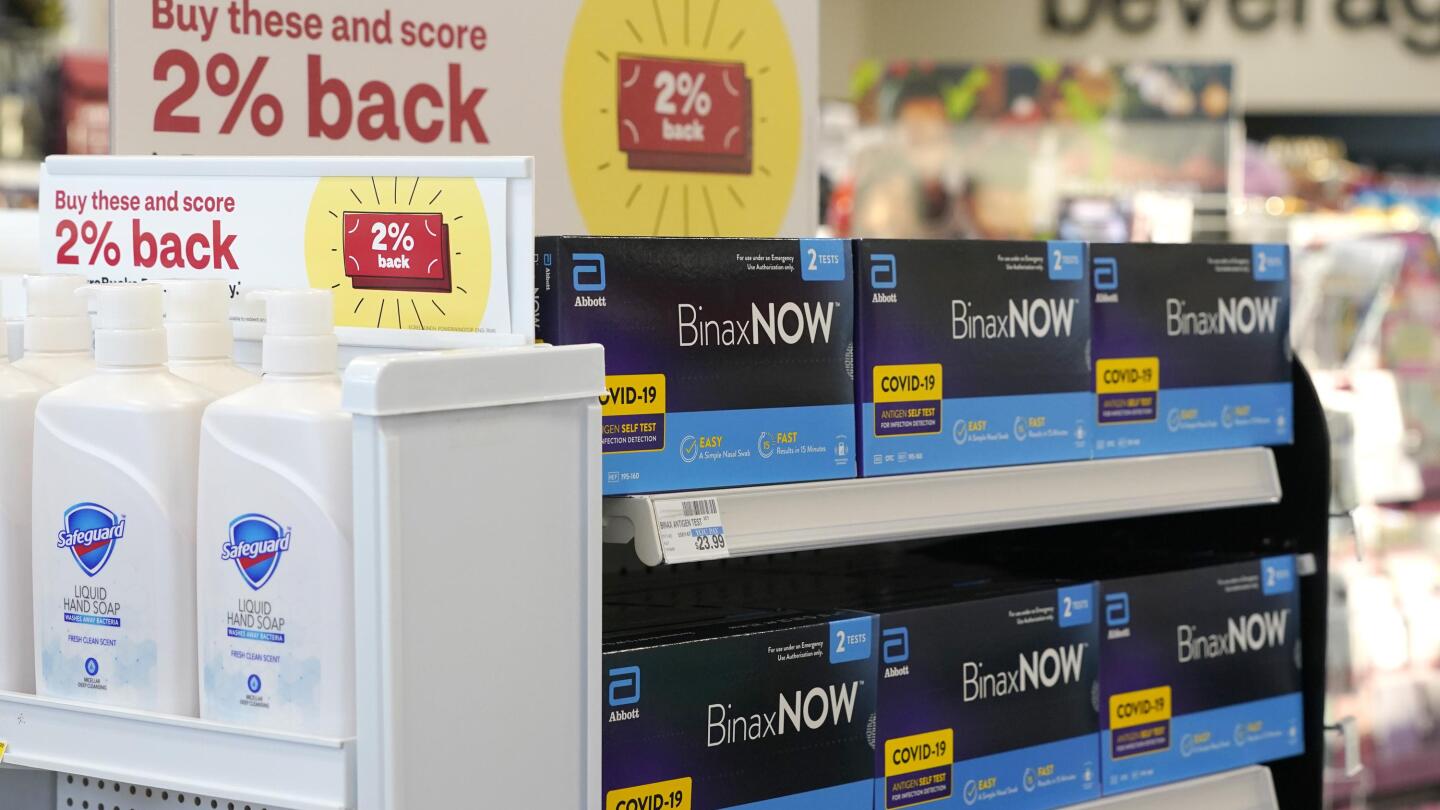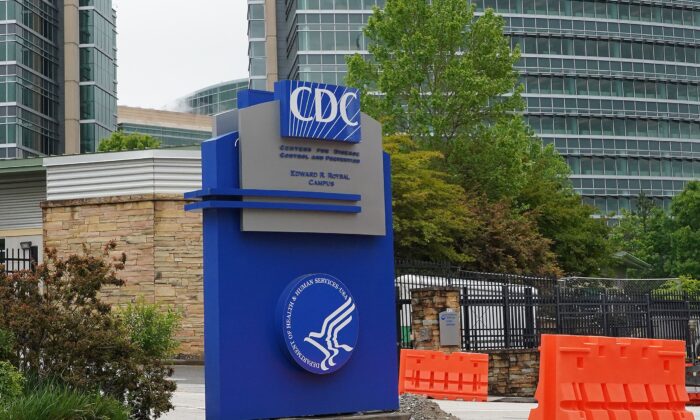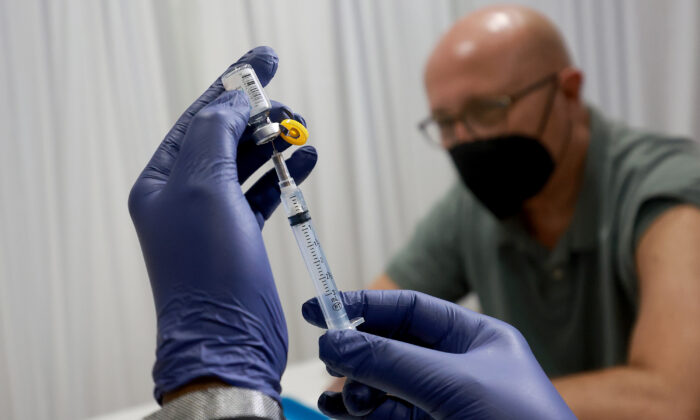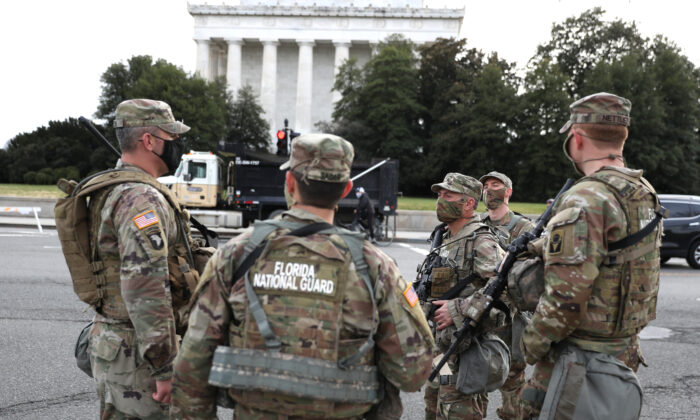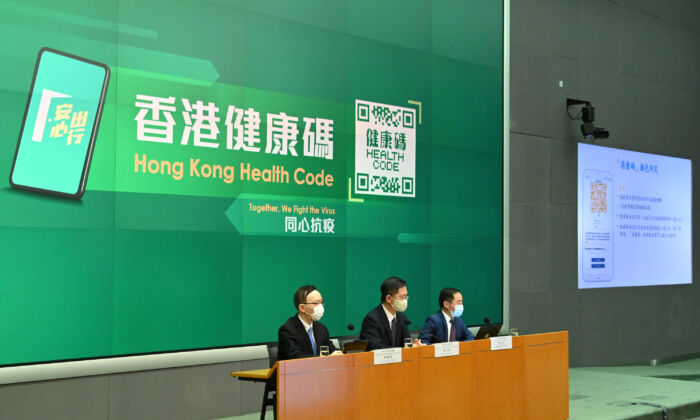Heliobas Disciple
TB Fanatic

MIS-C in children does NOT justify (at all!) their vaccination against SARS-CoV-2 | Voice for Science and Solidarity
MIS-C is a disease that may occur in school-age children two to six weeks after infection with SARS-CoV-2 (SC-2) virus. MIS-C is a post-infe
 www.voiceforscienceandsolidarity.org
www.voiceforscienceandsolidarity.org
MIS-C in children does NOT justify (at all!) their vaccination against SARS-CoV-2
By Geert Vanden Bossche
August 9, 2022
Download and read the pdf here
MIS-C is a disease that may occur in school-age children two to six weeks after infection with SARS-CoV-2 (SC-2) virus. MIS-C is a post-infectious inflammatory condition which typically occurs after asymptomatic/mild SC-2 infection. Some children may need hospitalization because of inflammatory reactions in different organs. While the syndrome can be serious, the absolute risk for MIS-C is very low (about 6.5 per 100 000 person-years) and known to be increased in boys aged 5-11 years with foreign-born parents, asthma, obesity, and life-limiting condition (DEFINE_ME).
MIS-C mostly resolves within a few days after timely and adequate (immunosuppressive) treatment. As the pandemic evolves and more infectious Omicron (sub)variants are now dominating the scene, MIS-C is occurring less frequently and with diminished severity of disease (Multisystem Inflammatory Syndrome in Children During SARS-CoV-2 Pandemic Waves in Israel). This evolution cannot be entirely explained by C-19 vaccination of young children as vaccine coverage rates in this age group are still very low (15% and 3% as recently reported in studies from Israel and the US, respectively; Multisystem Inflammatory Syndrome in Children During SARS-CoV-2 Pandemic Waves in Israel; Multisystem Inflammatory Syndrome in Children (MIS-C) During SARS-CoV-2 Delta and Omicron Variant Circulation— United States, July 2021 – January 2022).
It is therefore tempting to speculate that enhanced viral infectiousness and transmission significantly contribute to dampening the incidence rate and severity of MIS-C in young children. This suspicion is supported by a previous study in which the authors speculated that some of the risk factors they identified for MIS-C could be associated with enhanced disease transmission (e.g., in children with foreign-born parents or explaining the shift in age from 12-15 years down to 5-11 years amongst children with MIS-C throughout the pandemic (DEFINE_ME).
To better understand the origin of the disease, and why children in particular are susceptible to contracting MIS-C, it is important to understand how the child’s innate immune system is educated and trained to combat infections with glycosylated viruses causing acute self-limiting viral infection (ASLVI; e.g., SC-2) or acute self-limiting viral disease (ASLVD).
The child’s innate immune system first learns to discern relevant pathogen-derived molecular patterns and discriminate them from self-derived motifs. Once the child’s natural killer (NK) cells have been ‘educated[1]’ (pre-primed) to adequately sense and distinguish pathogen-derived self-mimicking peptides (PSMPs) from self-derived self-mimicking peptides, presentation thereof in high density patterns may trigger epigenetic changes that imprint these NK cells with memory (so-called ‘training’ of NK cells).
In young children who have cleared their maternal antibodies (around the age of 6 months), abundantly produced innate (sometimes called ‘natural’) antibodies (Abs) play a critical role in initiating active use of their own immune system. In these children, innate Abs are tasked with recognizing and binding free-circulating self-derived glycan motifs (e.g., decorating foreign-derived [including pathogen-derived] or self-derived proteins) to potentiate[1] the presentation of repetitive patterns of foreign- or self-derived self-mimicking peptides on the surface of autologous somatic cells or antigen (Ag-)presenting cells (APCs). Glycosylation of self-proteins is an important mechanism for inducing T cell-mediated peripheral tolerance[2] and, not surprisingly, mimicked by several pathogens (e.g., glycosylated viruses) as a strategy to subvert the host immune system. As they decorate themselves with self-mimicking patterns of self-glycans, glycosylated viruses (e.g., corona virus [CoV], influenza virus, respiratory syncytial virus [RSV], measles, mumps, rubella, varicella virus,…) can be recognized and captured by innate Abs and thereby contribute to educating the child’s innate immune effector cells (i.e., NK cells).
As the child grows up, the functional capacity of their innate Abs gradually declines so that their immune system can progressively replace the ‘self’-sensing innate Ab capacity by a pool of pre-primed NK cells that can recognize pathogen-derived self-mimicking (i.e., ‘altered self’) motifs on virus-infected or otherwise pathologically altered host cells such as to kill those cells.
For as long as a child possesses an abundant functional capacity of innate Abs, glycosylated pathogens and self-ligands will be complexed by innate Abs to educate NK cells on how to distinguish ‘self’ from ‘non-self’. This is how the innate immune system of the young child is thought to ‘adapt’ to the early-life extra-maternal environment where it must learn to rapidly sense peptide motifs that differ from self-peptides. This would enable NK cells to target and kill autologous host cells that are decorated with such ‘altered self’ peptides (e.g., infected, or otherwise pathologically altered host cells).
Once NK cells are educated, the NK cell training process dictates their functional re-programming (Natural Killer Cells: Development, Maturation, and Clinical Utilization). Training is thought to result from epigenetic alterations that are triggered by changes in the SC-2 infectious landscape and generate ‘adaptive’ or ‘memory-like’ NK cells. Adequate training of its first line of immune defense enables the child to mount protective natural immunity against SC-2 (and other glycosylated viruses/ pathogenic agents sharing the same PSMPs[3]) upon future exposure. This can already explain why prophylactic childhood vaccinations using live attenuated virus are very efficient at inducing natural immunity against measles, mumps, rubella, varicella and generating herd immunity-it’s only when they become infected with an antigenically ‘shifted’ (i.e., very different) variant that individuals who acquired natural immunity can still contract disease due to ADEI.
However, depending on viral infectious pressure, it is perfectly possible, even for a young and healthy child, to become susceptible to productive infection upon exposure to glycosylated, ASLVI-enabling viruses that do not normally cause symptomatic infection in young children.
When young and healthy children become infected during an outbreak of a virus with a relatively low reproduction number (R0; e.g., infection with common cold coronavirus [CoV] or seasonal Flu; R0 < 2.5), they almost always develop asymptomatic or very mild infection. However, dominant circulation of more infectious CoV or Influenza virus variants can occasionally provoke cases of severe disease in children. It is reasonable to postulate that enhanced viral infectiousness raises the chance for a person to become re-infected shortly after a previous course of asymptomatic infection. This will increase the likelihood that immature, short-lived Ag-specific[1] Abs of relatively low affinity, which typically develop after asymptomatic/ mild infection, will still be present when that person becomes re-exposed to the virus. Because of their Ag-specificity, these Abs may outcompete the child’s innate polyspecific IgM Abs, which have an even lower affinity for the protein Ag that is responsible for initiation of infection (i.e., spike [ S ] protein in the case of CoV) . Depending on their titer, these non-neutralizing, Ag-specific Abs can therefore prevent or at least diminish binding of innate Abs to the virus.
Although these short-lived Abs cannot neutralize the virus, they can bind to it and enhance its infectiousness. This is particularly problematic in young children as insufficient training of their NK cells prevents effective immune targeting of SC-2-infected cells expressing virus-derived self-mimicking peptides on their surface. NK cells that are largely ‘pathogen-inexperienced’ together with enhanced SC-2 infectiousness would entail enhanced susceptibility of young children to SC-2 infection (i.e., so called ‘Ab-dependent enhancement of viral infectiousness’; ADEI). Hence, re-infection shortly after previous asymptomatic exposure will likely allow the virus to break through the cell-based innate immune system of young children and could potentially cause (severe) disease (Different Innate and Adaptive Immune Responses to SARS-CoV-2 Infection of Asymptomatic, Mild, and Severe Cases - PubMed). However, as these post-infectious Abs wane rapidly (they are no longer detectable at about 8 weeks), only a limited number of children will become re-exposed to the circulating virus shortly after their previous productive exposure. This already explains why most cases of MIS-C occur between 2 and 6 weeks (on average 4 weeks) after the previous asymptomatic/ mild infection, presumably depending on the titer of the infection-enhancing Abs at the timepoint of re-exposure. It is therefore not surprising to also observe high variability in the severity of MIS-C disease.
More infectious SC-2 variants may enable stronger stimulation of NK cells and thereby readily prime NK cell effector responses in young children; alternatively,more infectious SC-2 variants could increase the likelihood for viral re-exposure to occur in the presence of a relatively higher titer of infection-enhancing anti-S Abs. Both phenomena are likely to reduce the risk of MIS-C in young children.
After many years of NK cell vaccine research (which I was unable to publish for intellectual property reasons), I determined that the recruitment on MHC class I molecules of PSMPs into ‘non-self’ high-density arrays (situated outside of the MHC class I peptide-binding groove!) is what allows for activation and epigenetic imprinting (i.e., training) of cytotoxic NK cells that are capable of killing host cells that present such PSMPs on their surface (for example as a result of viral infection).
I postulate that strong stimulation by enhanced viral infectiousness could even obviate the need for cumulative triggering of NK cells (so-called ‘training’) in order for NK effector cells to become imprinted with memory. NK cells that have acquired a memory-like phenotype could readily eliminate host cells that are infected with relevant glycosylated pathogens. Enhanced viral infectiousness in the young child could allow productive SC-2 infection even in the presence of innate Abs and thereby enable ‘power training’ of pre-primed NK cells. Even though symptoms could still be mild, productive infection would have the capacity to substitute a single ‘power training’ event for regular, incremental training of functional NK cell responsiveness to pathogen-derived ligands.
As full-fledged NK cell ‘priming’ towards PSMPs would therefore improve with enhanced viral infectiousness, C-19 unvaccinated children (and even some adolescents) who recently contracted mild disease would be equipped with innate immune memory while no longer developing infection-enhancing anti-S Abs (as shown in fig. 1). Alternatively, enhanced viral infectiousness leads to higher viral infection rates and thereby shortens the average time window for a person to become re-exposed after a previous asymptomatic SC-2 infection. A shortened window for re-exposure makes it more likely that the latter occurs in the presence of a relatively high titer of infection-enhancing Abs. It is not unreasonable to assume that the mechanism of naturally induced infection-enhancing Abs is similar to the one previous described for vaccine-induced anti-S Abs-a high enough concentration of these Abs would allow a subset of these Abs to bind to SC-2 virions tethered to dendritic cells and thereby exert a disease-mitigating effect
(Geert Vanden Bossche Predictions on evolution Covid 19 pandemic [UPDATE May 2022] | Voice for Science and Solidarity + fig. 2).
Based on the rationale explained above, one could easily understand how the prolonged C-19 pandemic and the enhanced frequency of repetitive waves of more infectious variants (e.g., Omicron) is likely to have a ‘power training’ effect on relevant NK cells of young C-19 unvaccinated children developing mild primary infection (i.e., overlapping with abundant functional capacity of innate Abs) or to provide a strong disease-mitigating adaptive immune response in those who recently contracted asymptomatic SC-2 infection. The latter would be protected from severe and even moderate disease by virtue of infection-enhancing Abs and cytotoxic CD8+ T cells, respectively (as illustrated in fig. 2). A further increase in viral infectiousness would not make young, previously asymptomatically infected children more susceptible to disease but rather increase their likelihood to develop productive SC-2 infection and generate effector memory NK cells or further expand those (as shown by the arrows in green in fig. 1).
With this understanding, it is not surprising that the advent of Omicron (sub)variants has led to a rapidly regressing incidence rate and severity of MIS-C (Multisystem Inflammatory Syndrome in Children During SARS-CoV-2 Pandemic Waves in Israel).
How does mass vaccination affect the child’s susceptibility to SC-2 infection?
As the mass vaccination program during this pandemic has led to the dominant circulation of more infectious SC-2 variants, it is not surprising to find that a few, young (C-19 unvaccinated) children contracted MIS-C and even needed hospitalization—this was an extremely rare event at the beginning of the pandemic. However, the mass vaccination program has provided immune escape variants characterized by a higher level of intrinsic viral infectiousness (e.g., of the delta variant) with a competitive advantage. The ensuing higher infection rate in the population (and in households!) therefore came with an additional likelihood for young children to become re-infected shortly after their previous asymptomatic infection. As previously described, the incidence rate of MIS-C is now waning as a result of enhanced innate immune training and mitigation of (severe) disease by more and more infectious SC-2 variants that have now become dominant.
[continued next post]



